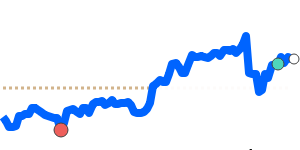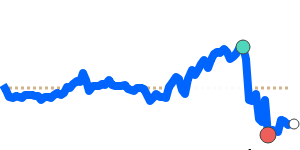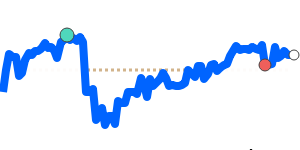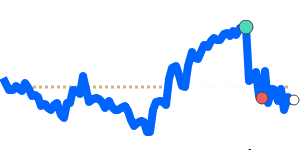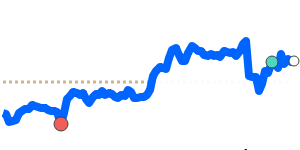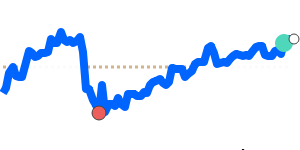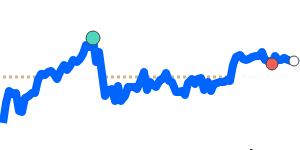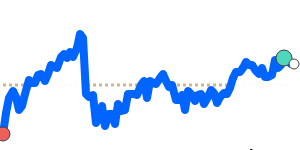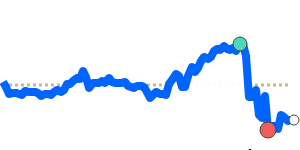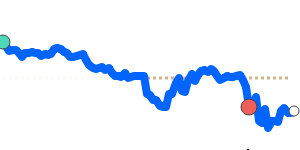The USD to NOK exchange rate currently shows a bearish bias as the US dollar faces downward pressure.
Key drivers include:
- The Federal Reserve is anticipated to implement additional rate cuts, reducing the interest rate differential versus Norway, which maintains a stable 4.0% rate.
- A slight recovery in global growth may provide some support, but this is offset by Norway's exposure to declining oil prices, which have recently shown an overall downward trend.
- Inflationary pressures are influencing Norges Bank's cautious stance, hinting at potential rate cuts if trends improve.
In the near term, the USD/NOK is expected to remain range-bound with limited volatility, trading within a stable range similar to recent patterns.
Upside risk primarily hinges on potential unexpected improvements in US economic sentiment that might boost the dollar, while downside risk could emerge from continued declines in oil prices, adding to the krone's weakness. Recent patterns show USD to NOK at 10.04, closely tracking its three-month average and reflecting the stable trading range of the recent past.
